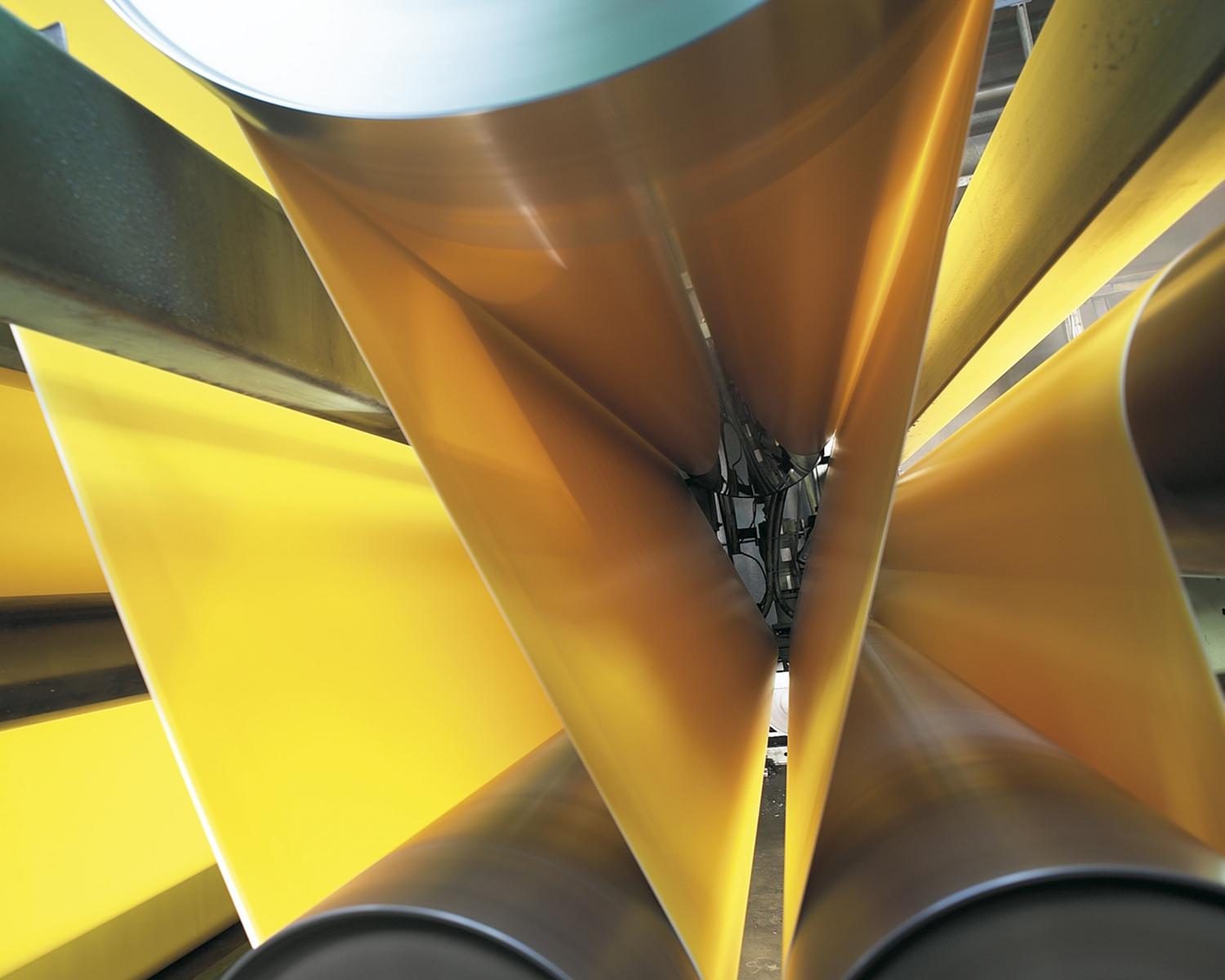For some people, it may be a challenge to think of fabric as “cutting-edge” technology, but the textile industry is continually being transformed by new methods and materials. Innovation in the development of textiles is changing their look, feel, durability and applications.
What makes a Textile “Technical”?
The obvious first question is what are technical textiles, anyway? When thinking about a technical fabric, the point of the product is performance. The role that the textile is going to be asked to fulfill is the driver behind its development. You can find these types of materials in everything from the boat covers at your local marina to the awning that shades your favourite outdoor café to the tent you take on your next camping trip. Technical fabrics can protect our agricultural produce and drinking water, strengthen our buildings, and make our healthcare facilities more sanitary.
While they can be customised with colour, technical fabrics are largely created with an eye toward function before form. That purpose-driven development is what makes them a technical form of textile. However, they can also be thought of as “technical” in the sense of how precise and advanced their design and fabrication are.
Fabrics with a Future
A technical textile isn’t necessarily one that looks “futuristic” to the untrained eye. Deep down, however, these textiles are about as high-tech as you can imagine! Technical fabrics are engineered to possess valuable attributes that make them useful in a range of very particular circumstances. These materials can be designed to work well in a specific location or environmental condition, such as UV-resistant materials in areas of high sun exposure. They may be manufactured to withstand specific industrial hazards, like fire-resistant materials used in welding or mining applications. Still other textiles are made with their intended contents in mind, such as those designed to safely contain fresh food or potable water.
The keys to making all of this specialised functionality possible are research, experimentation and technological advancement. Some innovations in the field relate to coatings or other specialised treatments applied to the textiles. Others depend on engineering the structure of the fabrics themselves, developing new materials or methods of fabrication.
PVC Fabric – Ingenuity at it’s Finest 
PVC technical textiles are an excellent illustration of the incredible diversity and usefulness of these kinds of materials. PVC textiles are some of the hardest-working and most versatile textiles available. A PVC fabric can be manufactured and treated to have numerous characteristics that make them very desirable to work with. These durable fabrics resist tears and rips, are water and weather-resistant, and many include specialised coatings to prepare them for whatever your unique environment or challenges may be.
For this reason, PVC textiles have an amazing variety of potential applications, from welding curtains to gym mats to bouncy houses and more! Many of the Sioen PVC fabrics we offer come in a large range of colours, and some, like the Fluomax T.A. Fabric, can even resist bacteria and fungi. Indoors or outdoors, from heavy industry to a weekend’s recreation, PVC fabrics show the vast potential of the technical side of textiles.
The Future of Textile Development
As with many other fields, the impact of technology on textile industry innovations will only accelerate in the years to come. Improving the qualities that manufacturers and consumers already look for – durability, versatility, resistance from the elements and so on – will of course be an ongoing quest. On top of that, the challenges of creating new textiles will continue to change with new consumer and business demands.
Some exciting aspects of the latest textile technology are oriented with an eye toward a more sustainable future.
Can the textile industry develop the next generation of materials to combine the durability needed for challenging applications with the ability to biodegrade or be easily recycled? Those are the new horizons these revolutionary fabrics are heading for.
Technology in textiles can be expected to continue to advance in the future, leading to exciting new uses as well as improved quality. Our industry is using ever-increasing knowledge and sophisticated techniques to truly create the fabric of tomorrow. Contact us today to find the textiles that will serve your needs through many tomorrows!